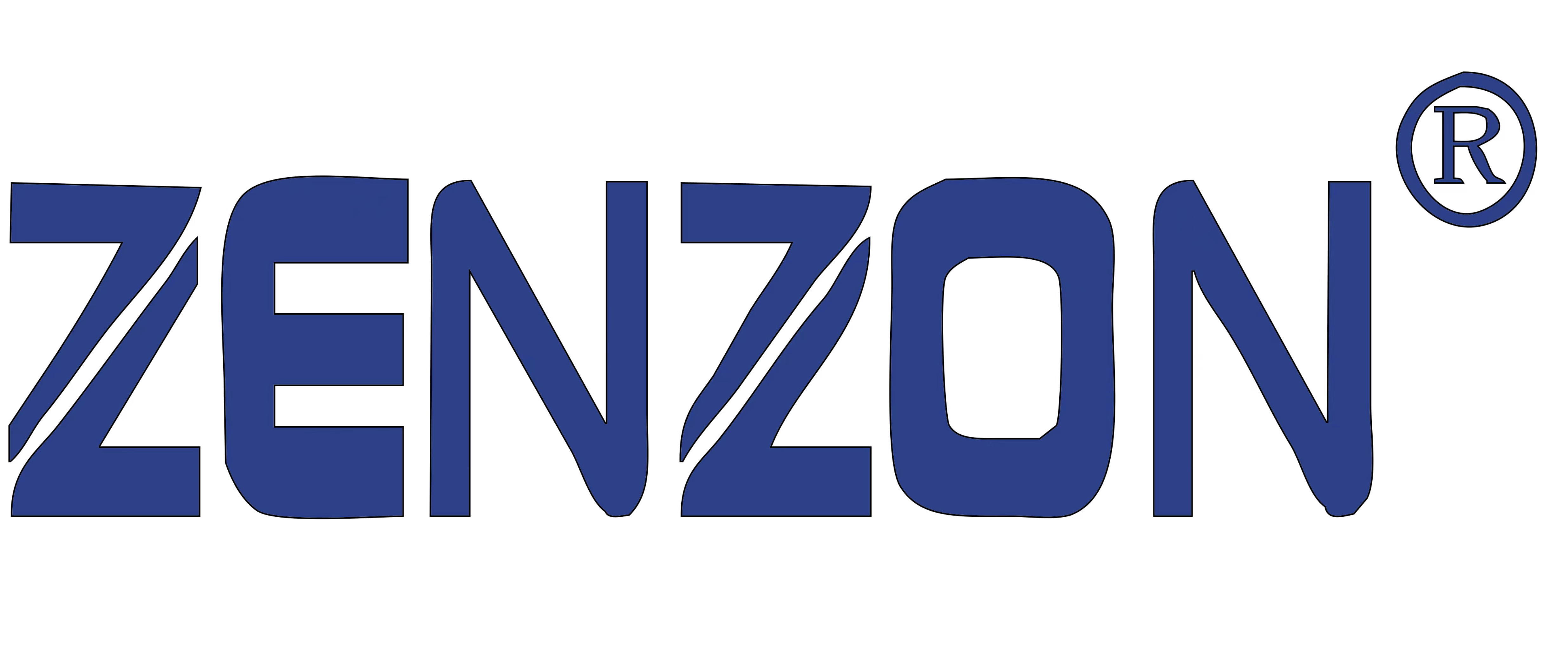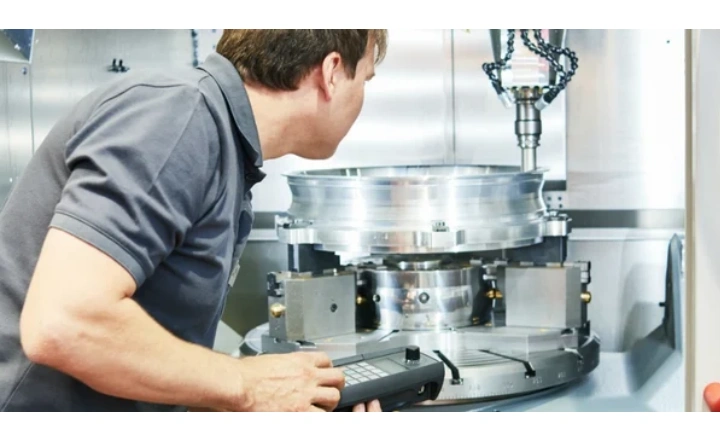In the world of machining, quality inspection is not just a necessary step—it's the linchpin that ensures every component meets exacting standards. Picture this: you're the Sherlock Holmes of the machining world, using an array of high-tech gadgets to uncover the mysteries of dimensions, materials, and functionality. But unlike Holmes, who solves crimes, you're here to solve the mystery of whether that shiny new part is up to snuff. So, let's explore the different stages of inspection, the types of machines involved, the challenges faced, and the precautions that ensure everything runs smoother than a well-oiled machine. And because quality inspection can sometimes feel as dry as a desert, we'll sprinkle in some humor to keep things lively.
1. Material Inspection: The Ancestry.com of Metals
Machines Required:
- Spectrometers: These devices analyze the chemical composition of materials, ensuring they're made from the correct alloys. Think of them as metal detectors, but for identifying if you're dealing with stainless steel or some mysterious alien metal.
- Hardness Testers: These machines test how hard or soft a material is. They're like the bouncers of the material world, checking if a material can handle the rough and tumble of industrial use.
- Ultrasonic Testing Machines: These are like ultrasound machines for materials, detecting internal flaws that aren't visible on the surface. If there’s a crack lurking beneath, this machine will find it.
Key Points and Difficulties:
- Key Points: Ensure the material meets specified standards for composition and properties like hardness. This is crucial because the wrong material can lead to catastrophic failures.
- Difficulties: Detecting internal flaws can be tricky, especially in dense or complex materials. The calibration of machines is critical; otherwise, you might end up with a false sense of security.
Precautions:
- Regular Calibration: Just like you wouldn't trust a scale that hasn't been calibrated since the last century, don't trust uncalibrated machines. Regular calibration ensures accurate readings.
- Proper Training: Even the best machines are only as good as the people using them. Make sure your team knows how to operate these devices and interpret the data they produce.
2. Functional Testing: The Audition for Machined Parts
Machines Required:
- Functional Test Rigs: These are custom setups designed to test whether parts can perform their intended functions. For example, if you're making valves, you'll need to test for leaks, pressure resistance, and flow rates.
- Vibration Testing Equipment: This equipment simulates the real-world vibrations a part might experience. Think of it as putting the part on a mechanical roller coaster and seeing if it screams (metaphorically speaking).
Key Points and Difficulties:
- Key Points: Ensure the part can perform its intended function under the conditions it will face in the real world. This includes factors like pressure, temperature, and mechanical stress.
- Difficulties: Recreating exact real-world conditions can be challenging. Overlooking even a minor variable can lead to inaccurate test results.
Precautions:
- Realistic Simulations: Make sure your testing setups accurately mimic real-world conditions. Testing a diving watch in a sink won't cut it.
- Detailed Documentation: Record every aspect of the testing process. If something fails, you’ll want to retrace your steps to find the root cause.
3. Dimensional Accuracy: The Goldilocks Principle
Machines Required:
- Coordinate Measuring Machines (CMMs): These are the gold standard for measuring the dimensions of a part down to the micrometer. If a part is even slightly off, the CMM will let you know.
- Laser Scanners: For capturing detailed surface profiles and comparing them to the digital design. It’s like a high-tech 3D photocopier.
- Calipers and Micrometers: The trusty manual tools for quick measurements. They’re the bread and butter of any machinist’s toolkit.
Key Points and Difficulties:
- Key Points: Ensure the part's dimensions are within specified tolerances. A part that's too big or too small can cause assembly issues or even failures in the field.
- Difficulties: Achieving high precision can be challenging, especially for complex geometries or very tight tolerances. Environmental factors like temperature can also affect measurements.
Precautions:
- Environmental Controls: Keep your inspection area at a stable temperature and humidity level. Extreme conditions can cause materials to expand or contract, throwing off measurements.
- Regular Checks: Calibrate your tools regularly and check them against standards to ensure they're still accurate. An out-of-calibration micrometer is about as useful as a chocolate teapot.
4. Geometric Tolerance: When Shapes Matter
Machines Required:
- CMMs (yet again): These versatile machines can also check geometric tolerances, such as flatness, roundness, and perpendicularity.
- Profile Projectors: These devices magnify the profile of a part, making it easier to see if it matches the design specifications.
- Surface Roughness Testers: These measure the texture of a surface, ensuring it’s as smooth (or as rough) as it needs to be. After all, nobody likes a rough ride, not even machines.
Key Points and Difficulties:
- Key Points: Ensure that parts meet the required geometric tolerances. This is crucial for parts that need to fit together precisely or interact with other components.
- Difficulties: Measuring complex shapes accurately can be challenging. Even a tiny deviation can cause issues in the final assembly or operation.
Precautions:
- Clear Specifications: Make sure you understand the critical geometric tolerances and why they matter for the part's function.
- Proper Handling: Handle parts carefully during inspection. A scratch or dent can alter the measurements and lead to incorrect conclusions.
General Precautions and Best Practices: The Pillars of Quality Control
1. Documentation: Keep detailed records of all inspection processes, results, and calibrations. If something goes wrong, you need a paper trail to trace back and identify the issue.
2. Regular Training: Quality inspection techniques and technologies are always evolving. Regular training ensures your team stays up-to-date and can use the latest tools effectively.
3. Quality Management Systems: Implement robust quality management systems like ISO 9001. These systems provide a framework for consistent quality and continuous improvement.
In conclusion, quality inspection in the machining process is a critical task that requires precision, attention to detail, and a bit of detective work. With the right machines, well-trained personnel, and a solid understanding of the key points and challenges, you can ensure that every part leaving your factory is a testament to your commitment to quality. And remember, while the work is serious, a bit of humor can make the journey all the more enjoyable. So, keep those CMMs calibrated, those spectrometers humming, and don't forget to have a laugh along the way!























